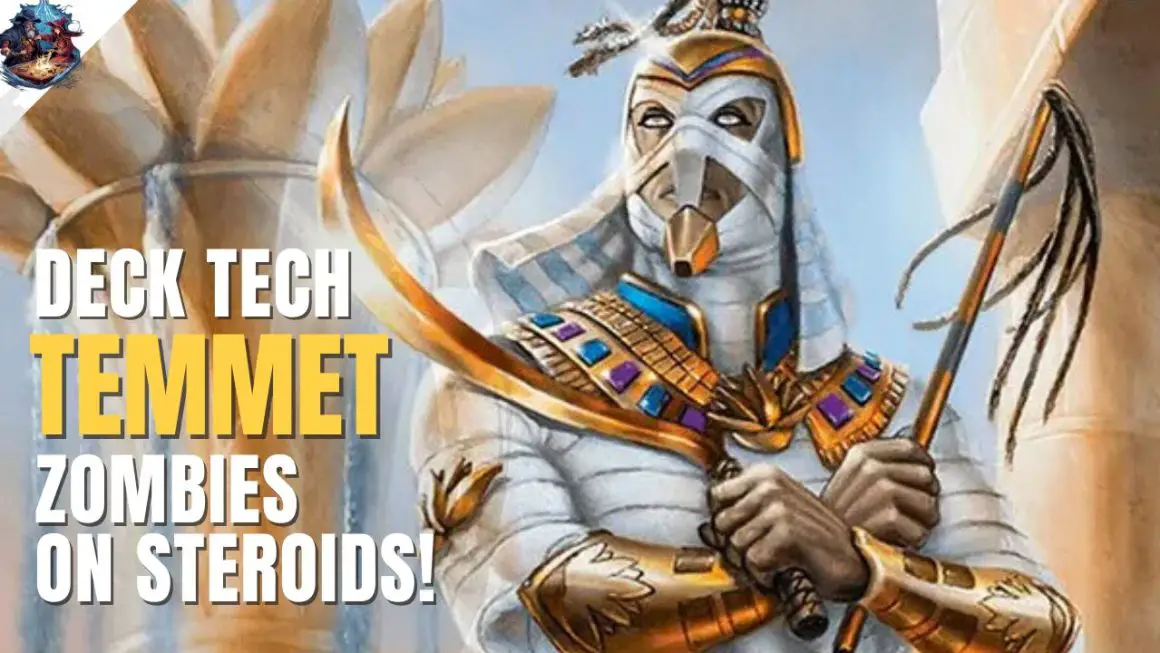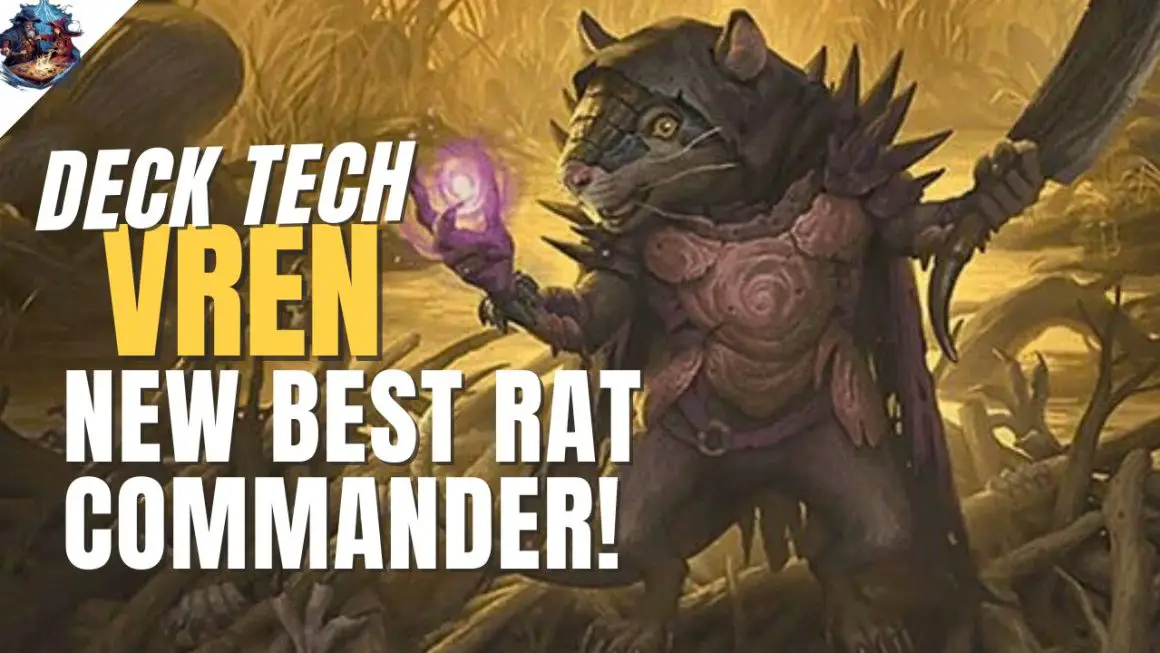How many players are needed to make the perfect Commander game? If you said four, then you are wrong. Five? Nope. Three? Wrong again. Two? We’ll leave that out since it is supposed to be a multiplayer format. Well, like many other of life’s complex situations, the right number of players depend on what kind of group you are, and what can deliver the most fun with minimal drawbacks.
Let’s walk through the group numbers and weigh the benefits and drawbacks of setting up a Commander game with a variety of group sizes.
The Core 4 – Even and Equal
Those of you that say four players is the optimal size are probably in the majority. While those that say two are probably looking for a competitive duel style experience. I’m going to ignore cEDH, as I’d like to dive into the cases that include multiple players. These types of groupings offer some room for both analysis and discussion.
A four player group enables politics with cards like Expropriate, Play of the Game, Council’s Judgement, and other undaunted style spells to shine. These politically motivated deck strategies get better with a larger number of opponents. Likewise, spells with higher casting costs tend to be more playable as there is a larger damage cushion in these games. People tend not to just pick on one person and eliminate them early on, but instead spread the pain.

These four player games often allow people to “do their thing” during the course of the game. This is usually the argument for having four players. The games go longer than smaller groups, and the spells and turns favor bigger plays.
It’s no surprise that after years of feedback from players over the years, 4-player games provide a nice balance, with a reasonable tradeoff for game length, and without overwhelming everyone’s mental capacity. Nothing’s perfect, though.
Downsides of 4-Player Games
Yet, the very strengths of a four player game are also its weaknesses. The downfall of 4-player games is that the politics and actual turns slow down the pacing. Slowing down the pacing means you get to play less magic. There’s more stuff on the board, so people take longer to make decisions. Yes, you can play some big spells, and have some big turns, but the emphasis is on some. You can only spend so much Mana during the course of the game. When we lean everything into our big spells, then we don’t cast multiple spells a turn. We toss out a few haymakers, and wham, game over.
These games can tend to build to a crescendo that ends with big slamming turns and ridiculous combos that have finally been assembled. This is great if that’s what you want. What if you don’t want this style? What if you want to get in more than one game in three hours? What happens when you have a time restraint or you just can’t focus for that long? Well, you find another way.
3-Player Games – The Wobbly Trifecta
Having 3 players at the table allows the action to move much more swiftly. The pace of the game increases, and slower decks are often punished even more. The need to punish slow starts arises from the danger of those decks being able to take out both opponents at once. Seeing a deck crush 2 opponents at once is much easier to imagine than seeing a deck crush 3 players or an entire table at once. That 4th player adds just enough cushion.
However, removing that 4th player means that slow starters get punished much more readily. This is great in that it keeps the game advancing, and also makes it easier to punish people for overextending. Alliances can still happen, and politics can still exist, but they don’t necessarily play as heavy a role in the trio.

We usually feel awful teaming up on the weak guy at the table. Meanwhile, teaming up to defeat the clear front runner is something that can happen very quickly and be undone just as fast. Alliances are fleeting, but still possible in this smaller pod. Does this mean that a trio is actually a better group to play with? Perhaps.
Downsides of Trio Games
The problem with the trio is just that if 1 deck jumps out ahead of the rest, then that player can easily demolish others with a slow start. If only one person has a decent start, then one of the slower starters often gets eliminated very early. The early exit means watching a duel unfold while waiting to play Magic. The most unfortunate part is that they never really got to play in the first place.
The other likely scenario is when the player ahead gets branded as the biggest target early on. It becomes 2 versus 1, and there isn’t a political play the leader can make because a momentary truce doesn’t exactly help the other player’s cause. For the duo trailing behind, it’s either band together or be swept away.
Perhaps that is what any well navigated multiplayer game evolves into, but when you start with 3 you skip the whole process of evolution. An evolutionary leap in play style isn’t required, but it certainly feels inevitable when playing in consistent trios.
Sure, all 3 players will end up playing more games than a 4-player setup, but when your first game never really happened, it doesn’t feel good. Who wants to shuffle up, draw cards, play no spells, die, and then shuffle up and wait to do it all again? Yeah, I didn’t think I’d see anyone’s hands up for that one.
5-or-More Player Games – Is Bigger Better?
Yes, this is actually how it was intended to be way back when. The original Elder Dragon Legends were meant to be the original commanders that lead the five different decks at the table. The balance and politics are widely available in the beginning of larger games. The spells and variance are tremendous. The turns and development that occur during the course of the game is truly an epic saga of Magic storytelling.
You can expect 5-player games will take anywhere from 3-5 hours to complete – seriously. This type of legendary game play is what urban legends are bred from. It’s a veritable breeding pool in which the survival of the fittest is truly put to the test. I can’t emphasize enough how crazy, chaotic, and wild these games can become. An arms race just doesn’t do it justice. It is more akin to a Colossus of Sardia blocking a Force of Nature that has banded with a Benalish Hero. So bigger is good, but can it be bad?
The Epic Downfall of 5-Player Commander Games
The biggest draw to games like these is the way it builds to tremendous turns that include things like an Insurrection followed by someone else grabbing the Reins of Power only to have a holy day. This takes an awful long time to happen, so unless you have 10 hours to devote to playing at a clip, then the epically long games are actually a downside.
4-player games already require plenty of concentration to monitor the complex board states, and when you add one or three more players the board state basically gets two or three times harder to follow. I don’t always play for this long, but when I do, I try to remember it really is a Magic marathon. I worry that too many marathons will lead to some epic burnout and not to routine play. So, the very thing that was its strength shall be its downfall? Perhaps.
End Step
The right, optimal, correct number of players for an EDH/Commander game is clearly whatever number makes you happy.
We’ve taken a hard look at what the shortcomings for each size group entails. It really seems a matter of what you’re after when you play. Do you want a well-balanced game with political potential that should be done in 1.5 – 3 hours? Then you’re looking for a four player group. You want a faster pace and less politicking? Get a Vendilion Clique styled trio together and you’re ready for action. You want truly large and epically long games? Go five or more and you’ll be signing up for a marathon.
The matter of finding what your playgroup wants is simple, but also a little bit complicated. Sometimes it’s just a matter of whoever can get together. It’s not so much about choosing the right group size, but knowing what to expect from the group before you get into it.









